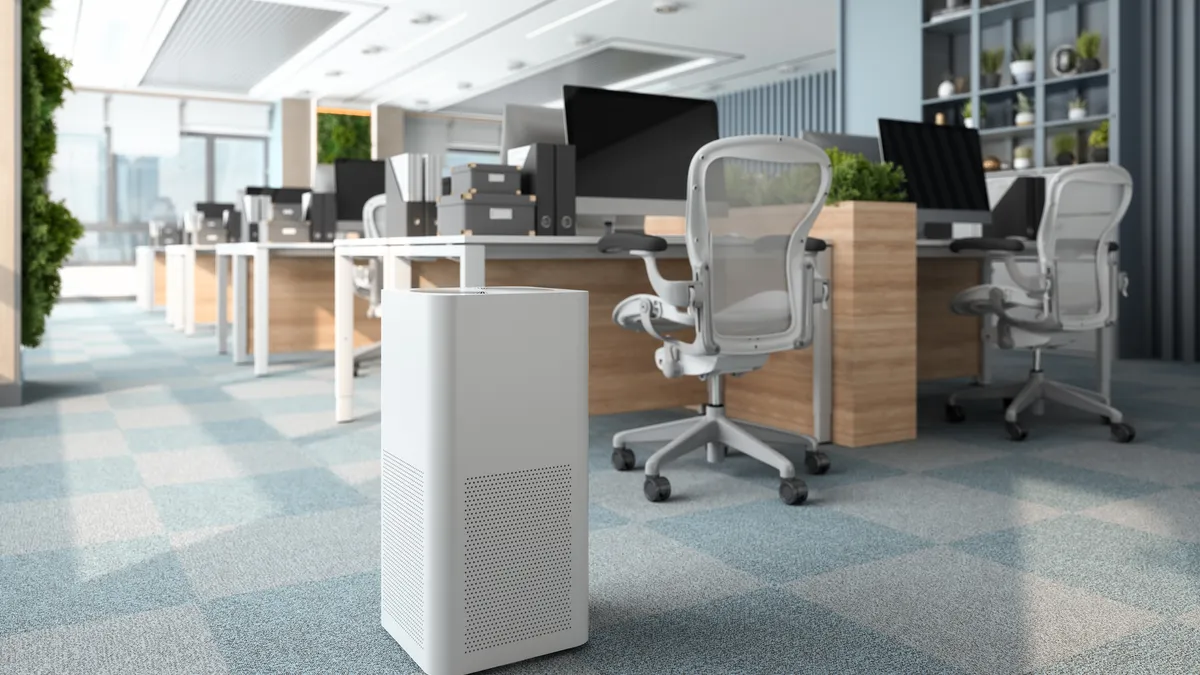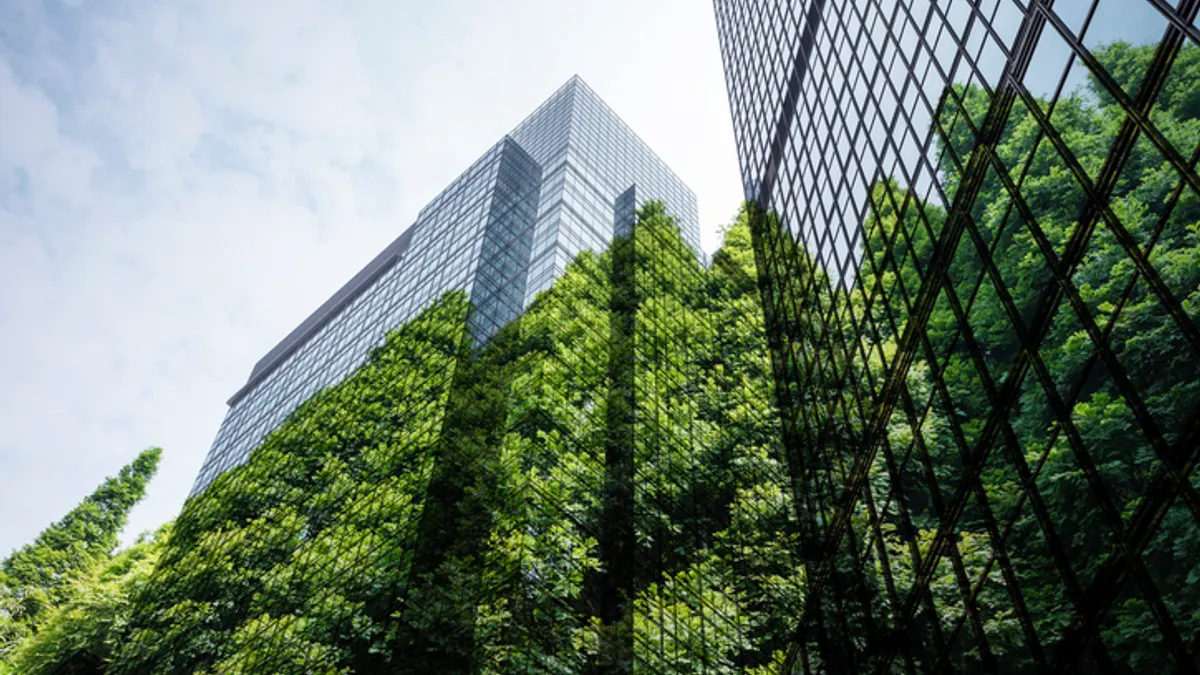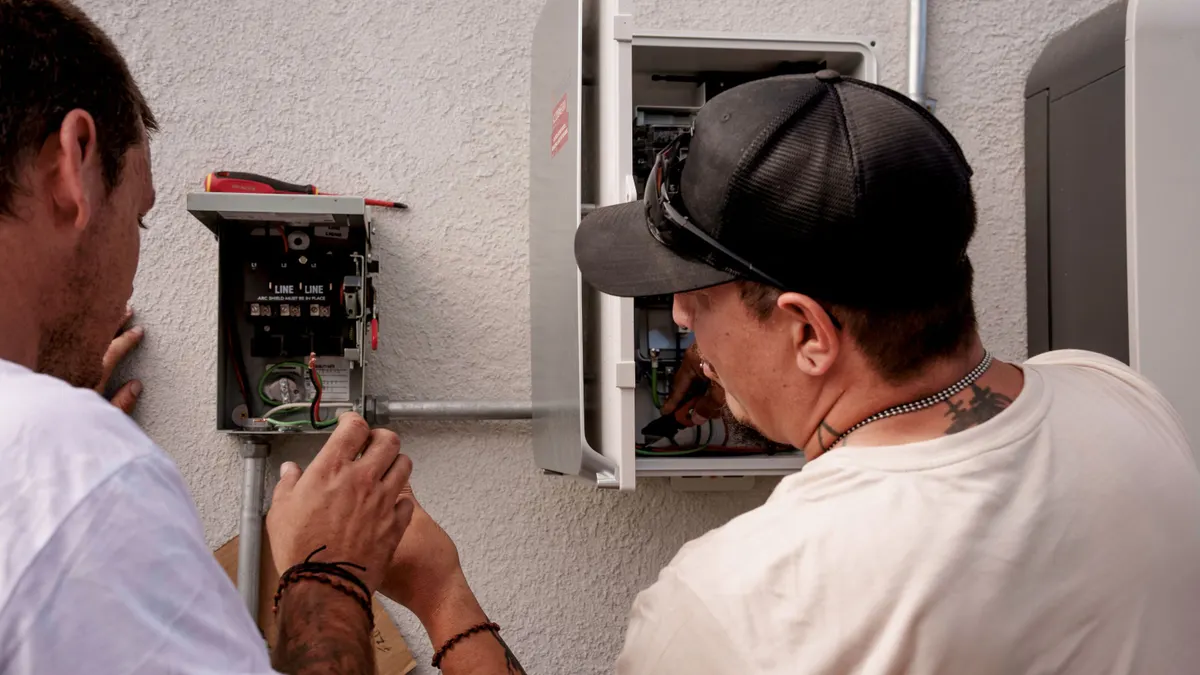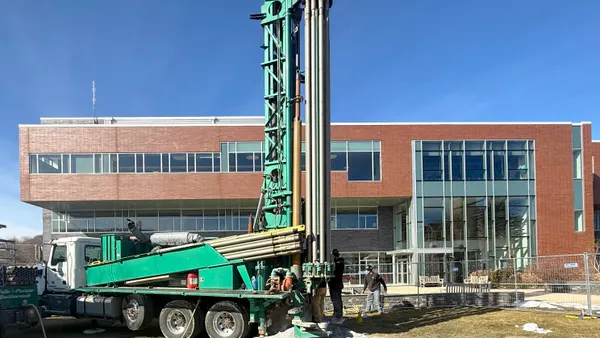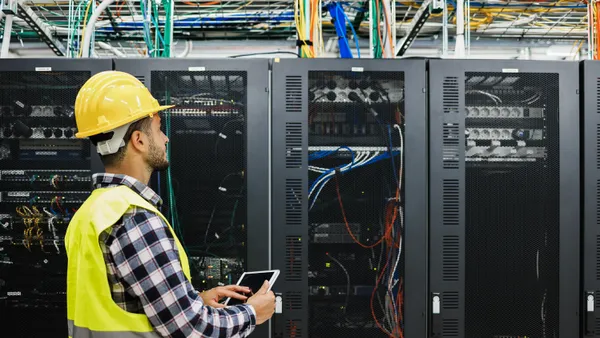Make environmental- and people-friendly building design choices something people can see, according to research by JLL and a specialist in the field.
Providing occupants a wellness “experience” in the built environment helps support talent attraction, increases foot traffic, motivates people to spend more and boosts employee satisfaction, JLL says in its 2025 Global Consumer Experience Survey.
The report talks about the use of green spaces, biophilic design and locally sourced goods, among other things, having a “proximity effect” on people when they perceive the building operator is acting on environmental commitments, according to JLL, which surveyed 12,000 respondents across 19 markets and 64 cities. Biophilic design refers to features that connect the building to nature in some way.
For example, 73% of respondents said that having more green space near their workplace would improve their daily wellbeing. More than two-thirds said they focus on eco-conscious brands.
Health and wellness considerations are increasingly driving consumer decisions on where to live and visit, JLL said. Almost 70% of respondents ranked health and wellness as an important factor that influences where they go for different activities.
Findings like these suggest building operators could focus on integrating features that support physical, mental and social health in building design and placemaking, JLL said.
“Consider careful choices of material finishes and greenery [and] active design principles [that encourage] movement … and [enhance] social engagement,” the report said.
One way to make healthy building design visible is by taking ventilation systems down from the ceiling so they’re closer to occupants, says Susan Chung, associate director of enterprise research at HKS Architects.
At her firm’s Chicago office, for example, building management put in a displacement system that supplies conditioned air at a low velocity.
“Instead of having all the ventilation systems up on top, it’s bringing it down to a lower level, which is closer to where we’re actually sitting down and breathing,” Chung said during a panel at the International WELL Building Institute’s National Policy Summit in September.
In addition to improved indoor air quality and energy efficiency, the choice also helped improve employee satisfaction levels, according to Chung. “With that displacement system, it’s actually opening more room in the ceiling so we can put more acoustic dampers up top, and it is bringing more lighting into the space as well,” she said.


